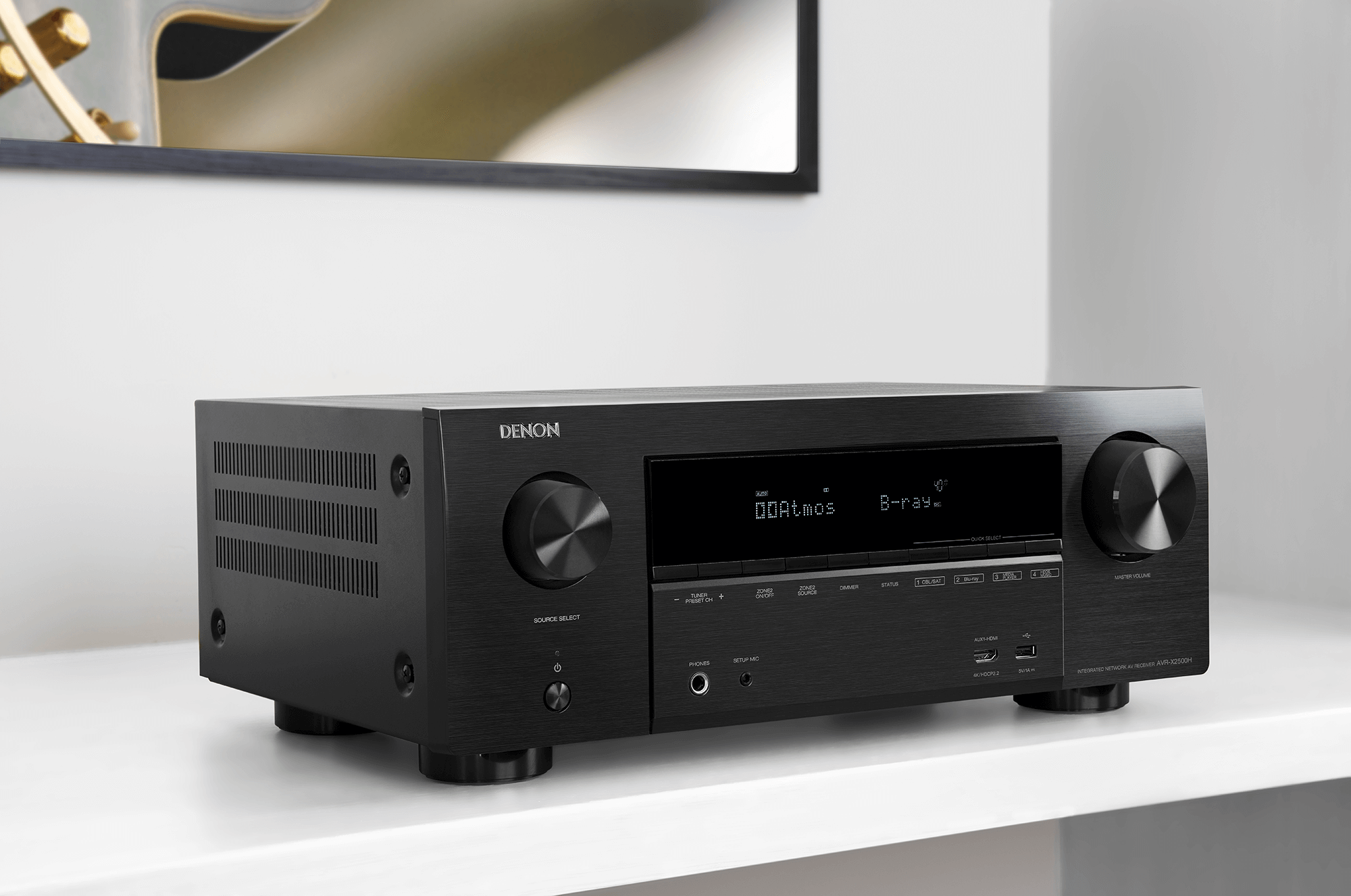HOW TO PICK THE RIGHT AV RECEIVER FOR YOU: A CHECKLIST
十月 15, 2018

True audiophiles understand that to create a rich audio environment and capture a cinematic experience in the comfort of your own home, you need a high-quality AV receiver.
However, picking the ideal AV receiver can be challenging since there are so many subtle nuances to consider. Eliminate any guesswork and get the best AV receiver possible for your home theatre by following this checklist:
Audio Technology
HDMI inputs - Your AV receiver needs to support every media player in your home theatre, and HDMI provides the best video and audio quality possible. Be sure that your AV receiver has enough HDMI inputs to support every device you plan to use.
Optical inputs - Optical digital audio cables may not be able to carry video signals like HDMI. However, according to CNET, their support for more sophisticated 7.1 channel setups make them just as relevant today as they were when first introduced over 30 years ago.
USB input - the easiest and most convenient way to store and take your audio files anywhere is a USB mass storage device. A USB input conveniently located at the front of the AVR allows you to play nearly any audio file, from 2-channel playback to full multi-channel surround using the AVR's upmixing function.
Phono inputs - If you want to include a turntable model in your home theatre setup, then phono inputs are a must-have feature.
Video Technology
4K Ultra HD - 4K is the new standard for top-of-the-line video playback, providing more clarity and crisper visuals than standard 1080p HD resolution. Even if you don't have a 4K-enabled TV today, you may want to plan for the future.
Component video inputs - Nothing beats HDMI in terms of video quality, but component cables come as close as any other analog format.
Composite video inputs - Not to be confused with the far-superior component cable format, composite inputs are still important if you want to use older media players that were intended for use with CRT TVs.
Channels/Power
5.1 channel support (or above) - The number of channels your AV receiver contains refers to the number of speakers it can drive in order to create the surround experience. Your basic home theatre surround sound system will feature a 5.1 channel configuration - centre, front left, front right, surround left, surround right and subwoofer. 7.1 channel systems split the rear and surround channels to provide a more lush and engrossing soundscape. You can even go up to 9.1 or 11.1, or 13.1 channel receivers to add height and further depth to your audio playback.
Economy mode - You don't necessarily want your AV receiver consuming high power if not needed. A clever ECO mode helps you to reduce power consumption when listening on moderate volume level without sacrificing the audio performance. However, once the volume goes up the ECO mode should change seamlessly to full power automatically so as not to miss any action.
Streaming
Bluetooth - Wireless support is an absolute must to play music from your smartphone or tablet using popular platforms like YouTube and Spotify. There are some aftermarket external devices that add Bluetooth support, but they can't beat an AV receiver with built-in Bluetooth capabilities.
Wi-Fi - Wi-Fi connectivity gives you additional options for streaming music through your AV receiver such as Apple AirPlay2 music streaming.
With HEOS built-in you can stream from your favourite cloud services such as Spotify®, Amazon Music, Deezer, Tidal and many more effortlessly via the free HEOS app. Multi-room support - Wireless playback is great, but being able to stream music simultaneously from any room in the house is next-level stuff. HEOS-enabled AV receivers support true multiroom playback allowing you to listen to your favourite music wherever you go.
Ease of Use
Setup Assistant - To capture the best sound possible, your AV receiver should have calibration software and a built-in setup assistant to fine-tune settings to match your home theatre seating arrangement, according to TechRadar.
Voice control - With Amazon Alexa voice compatibility you can use your voice to control the AVR and online music services. This allows you to adjust the volume, skip to the next track, switch inputs for your different media players and more - "Just Ask."
Diagnostic tools - Diagnostic tools can save you a lot of potential headaches by identifying network connection problems and quickly addressing them.
All of these features are readily available in Denon's top-of-the-line AV receivers, so there's no reason to put off getting the home theatre of your dreams any longer.

